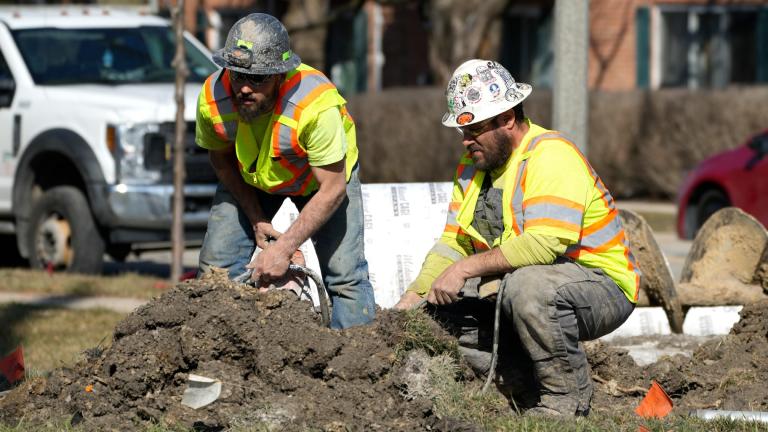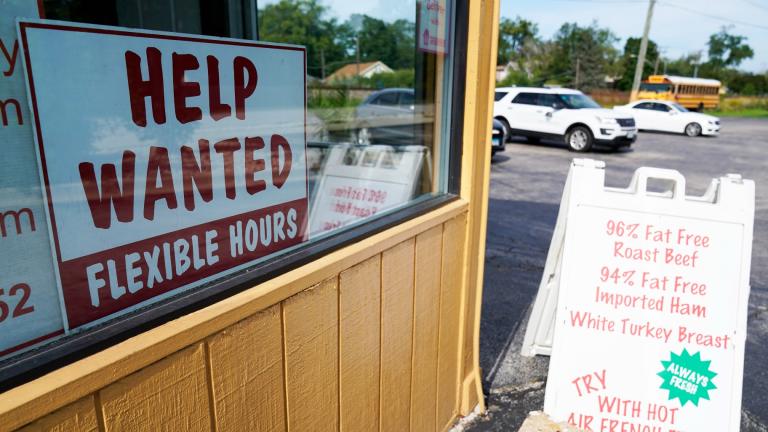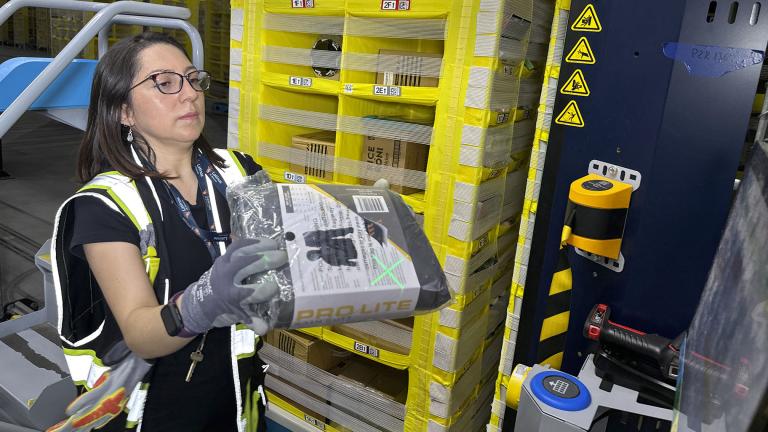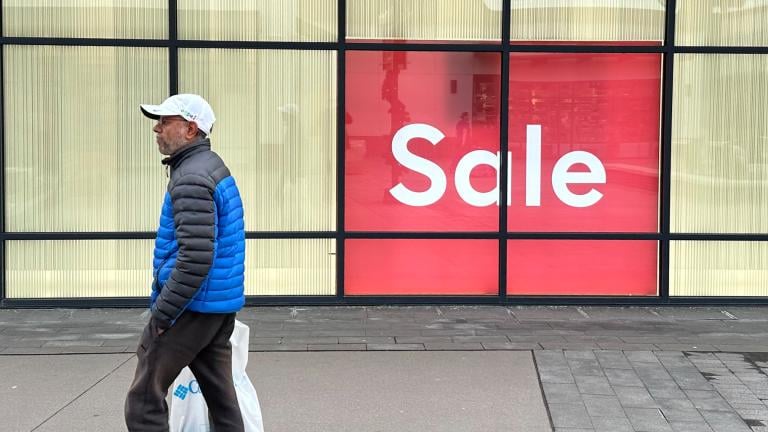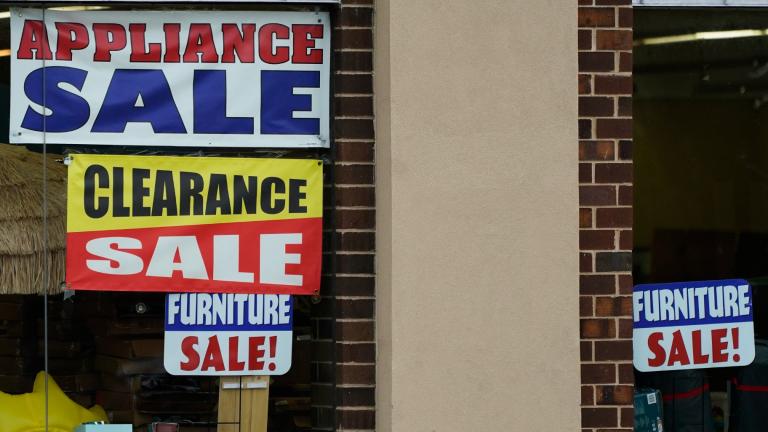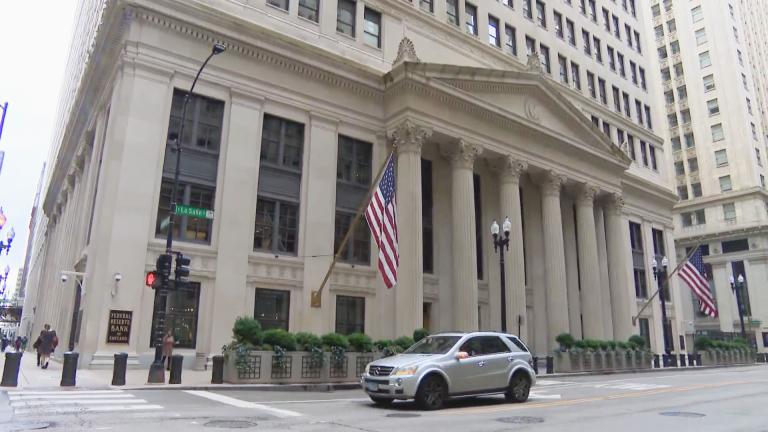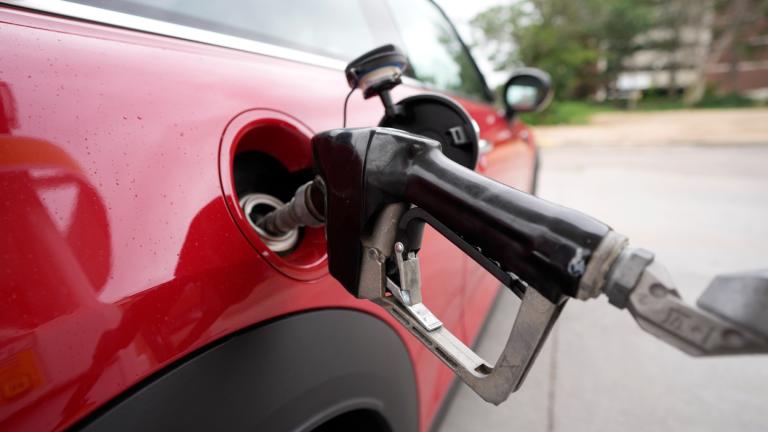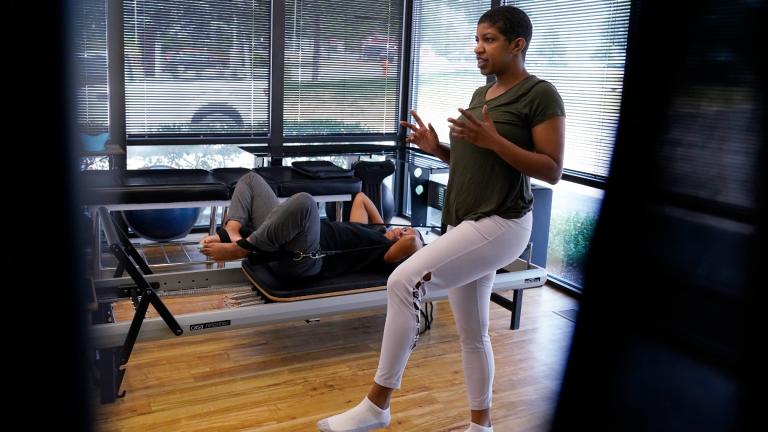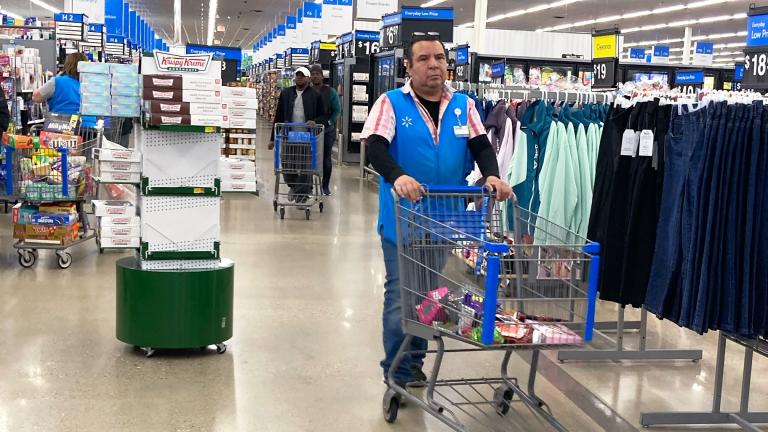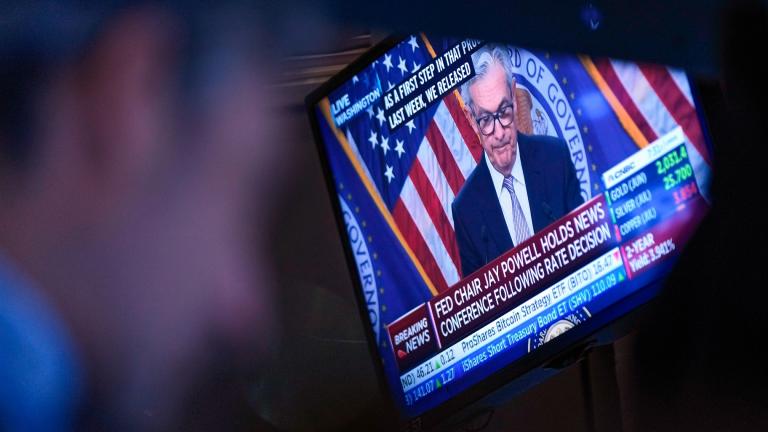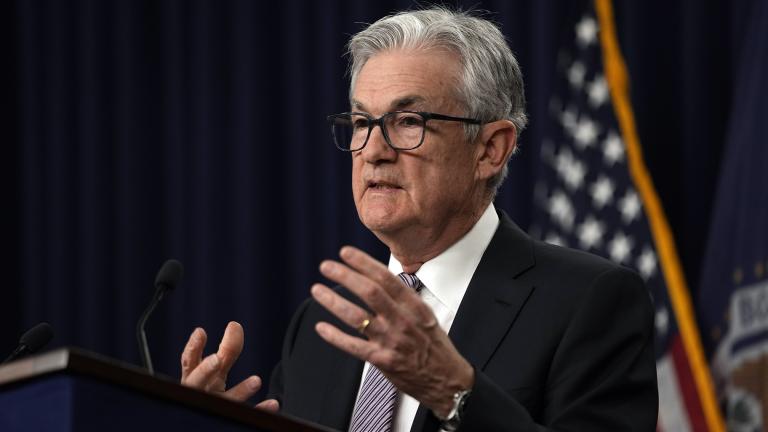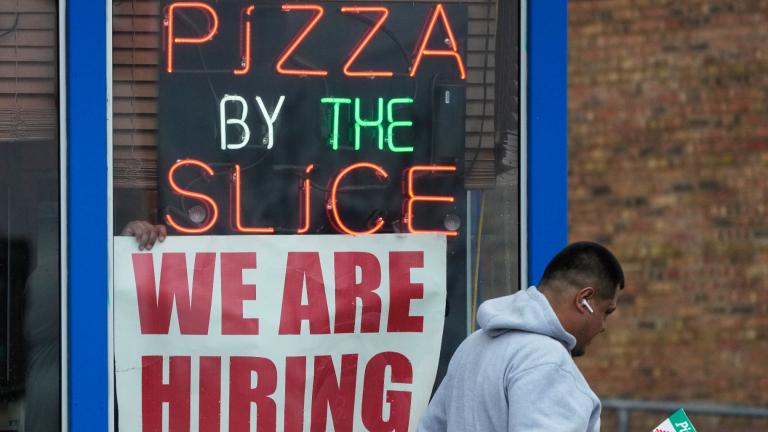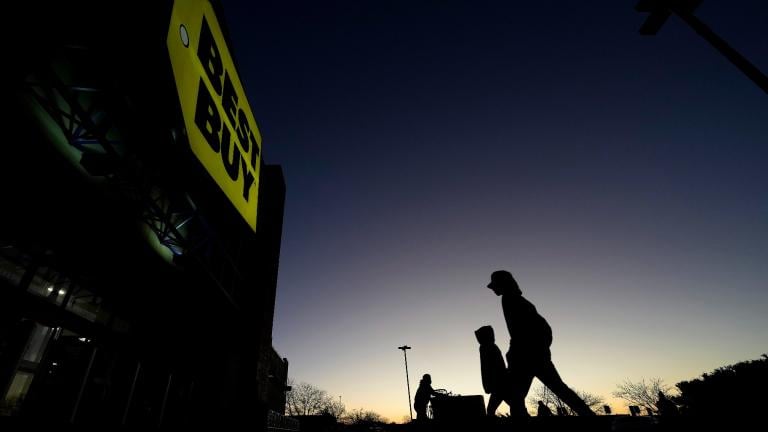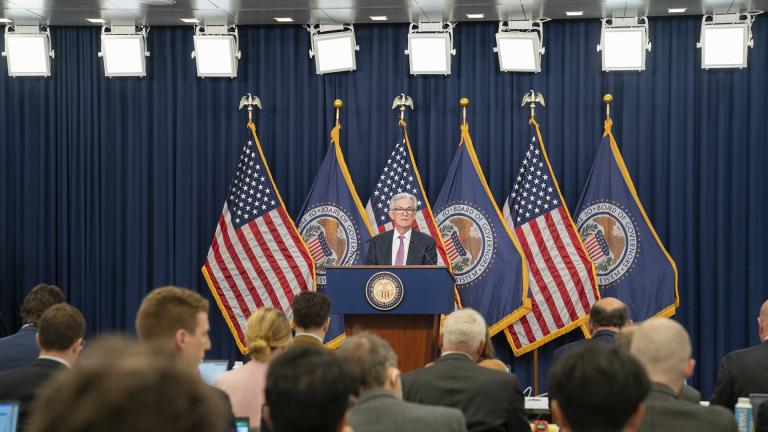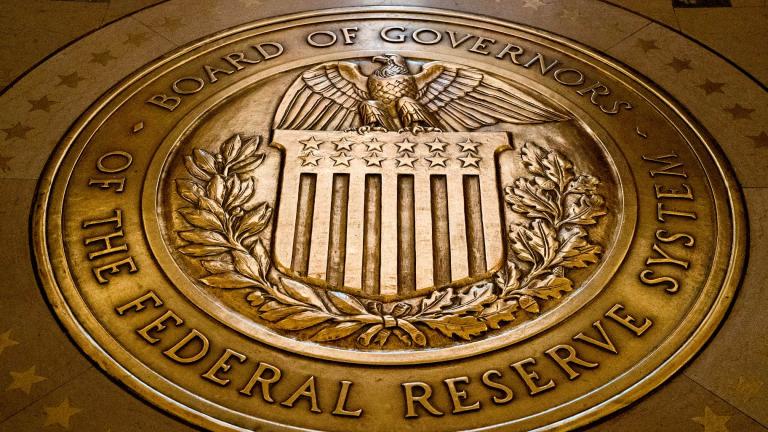Friday’s report from the Labor Department also showed that the unemployment rate dipped from 3.9% to 3.8%. The jobless rate has now remained below 4% for 26 straight months, the longest such streak since the 1960s.
Federal Reserve
The economy looks set to grow 2.2% this year after adjusting for inflation, according to the National Association for Business Economics. That’s up from the 1.3% predicted in the association’s prior survey, which was conducted in November.
Friday’s government report showed that December’s job gain exceeded the 173,000 that were added in November. The unemployment rate was unchanged at 3.7% — the 23rd straight month that joblessness has come in below 4%.
Friday’s report from the Commerce Department showed that U.S. consumer prices slid 0.1% last month from October and rose 2.6% from November 2022. The month-over-month drop was the largest since April 2020 when the economy was reeling from the COVID-19 pandemic.
Tuesday’s report from the Labor Department showed that prices either fell or rose more slowly across a broad range of goods and services, including gas, new and used cars, hotel rooms and housing.
This weekend, visitors can learn all about the Federal Reserve and get a rare glimpse at an historic and heavily fortified building more than 100 years old.
The average rate on the benchmark 30-year home loan rose to 7.31%, from 7.19% last week, mortgage buyer Freddie Mac said Thursday. A year ago, the rate averaged 6.70%.
In a set of conflicting data, the Labor Department said the consumer price index rose 3.7% in August from a year ago, up from a 3.2% annual pace in July. Yet excluding the volatile food and energy categories, so-called core prices rose 4.3%, a step back from 4.7% in July and the smallest increase in nearly two years.
U.S. employers added 187,000 jobs last month, fewer than expected. But the unemployment rate dipped to 3.5% in a sign that the job market remains resilient.
The latest sign of economic strength — a gain of 209,000 jobs last month — makes it all but certain that the Federal Reserve will resume its interest rate hikes later this month after having ended a streak of 10 rate increases that were intended to curb high inflation.
The Fed’s move to leave its benchmark rate at about 5.1%, its highest level in 16 years, suggests that it believes the much higher borrowing rates it’s engineered have made some progress in taming inflation.
The Fed's rate increases since March 2022 have more than doubled mortgage rates, elevated the costs of auto loans, credit card borrowing and business loans and heightened the risk of a recession.
Measured month to month, wages rose 0.3% from February to March, a tick up from a mild 0.2% gain from January to February. But even that figure signaled a slowdown from average wage increases in the final months of 2022.
Friday’s report from the Commerce Department showed that consumer prices rose 0.3% from January to February, down from a 0.6% increase from December to January.
The Federal Reserve extended its year-long fight against high inflation Wednesday by raising its key interest rate by a quarter-point despite concerns that higher borrowing rates could worsen the turmoil that has gripped the banking system.
Over the last three days, the U.S. seized the two financial institutions after a bank run on Silicon Valley Bank, based in Santa Clara, California. It was the largest bank failure since Washington Mutual went under in 2008. How did we get here? And will the steps the government unveiled over the weekend be enough?

